2015年9月6日(星期日)
8:50~16:30,Abc牙醫集團高雄總部聯盟牙醫診第13樓,「特殊需求者口腔照護安全生命跡象監測計畫課程」
主講:范國棟醫師
104年度特殊需求者牙科醫療服務示範中心獎勵計畫-牙醫師培訓講師/Ø 演講題目:
1. 全身麻醉術前準備及ASA的評估( 104.09.06 )
2. 身心障礙者之靜脈鎮靜與全身麻醉管理( 104.09.06 )
3. 生命跡象的意義( 104.09.06 )
4. 認識心電圖、心肺機能評估 ( 104.09.06 )
5. 生理功能監視機之使用與判讀 ( 104.09.06 )
6. 高風險案例分享 ( 104.09.06 )
7. 急救復甦術 ( 104.09.06 )
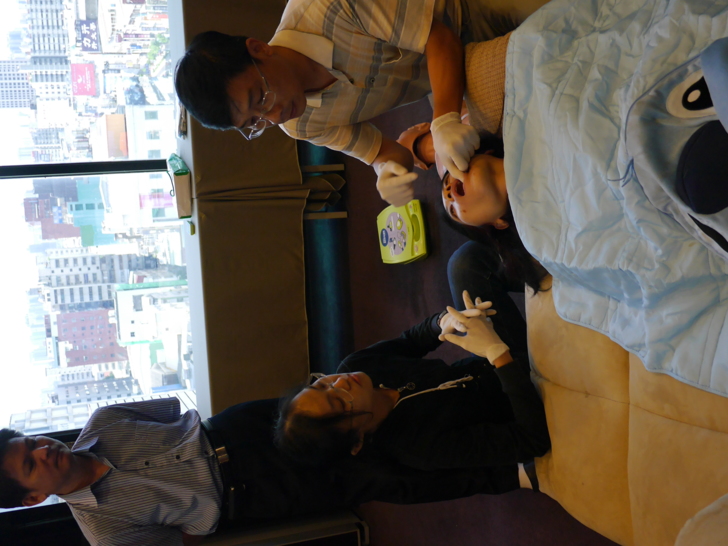

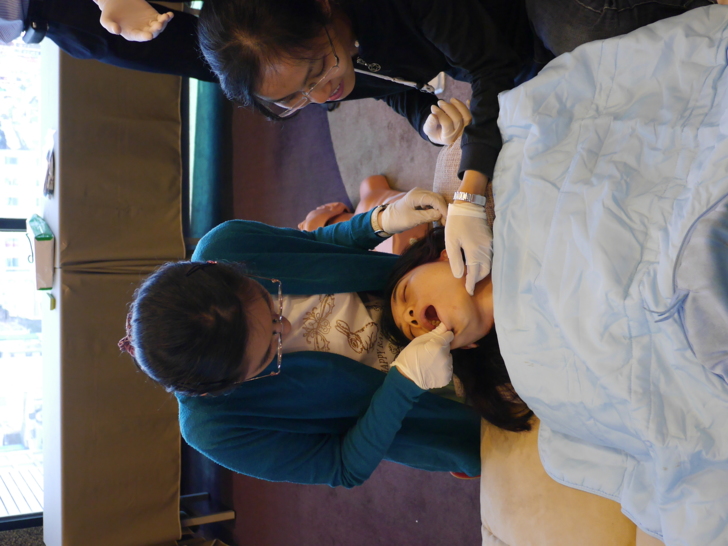
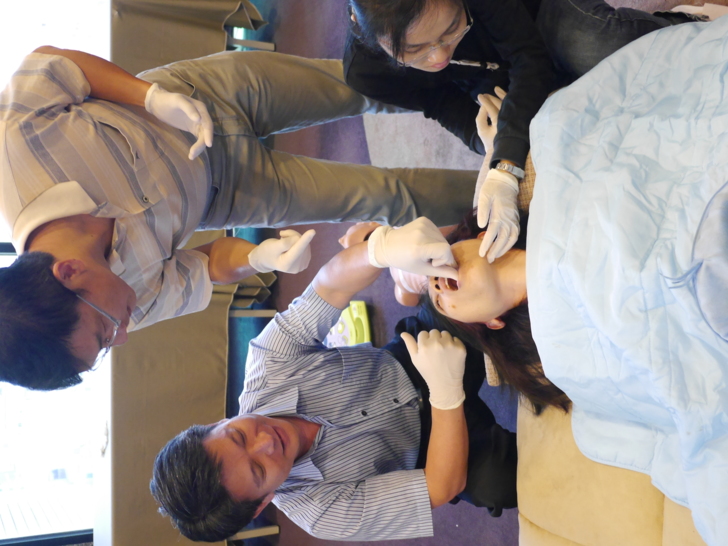


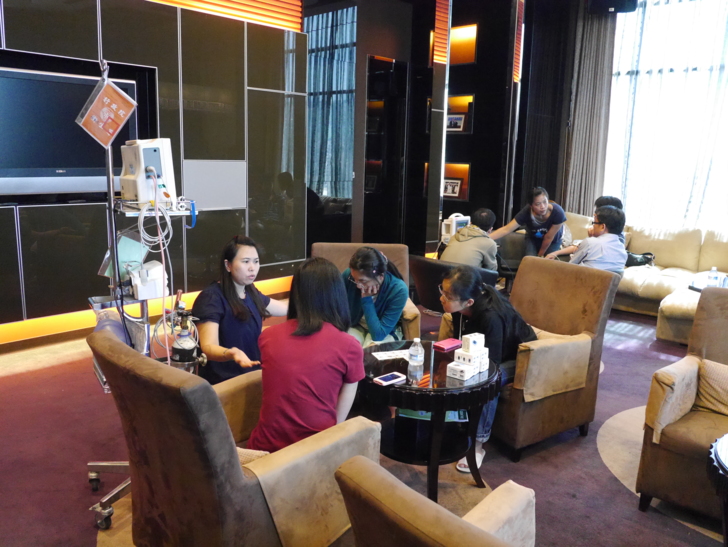
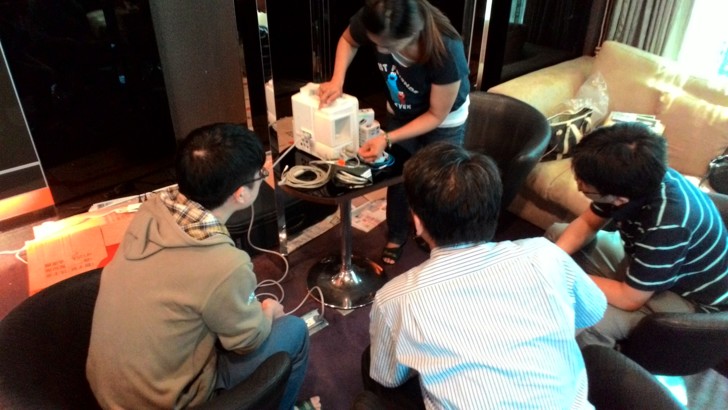
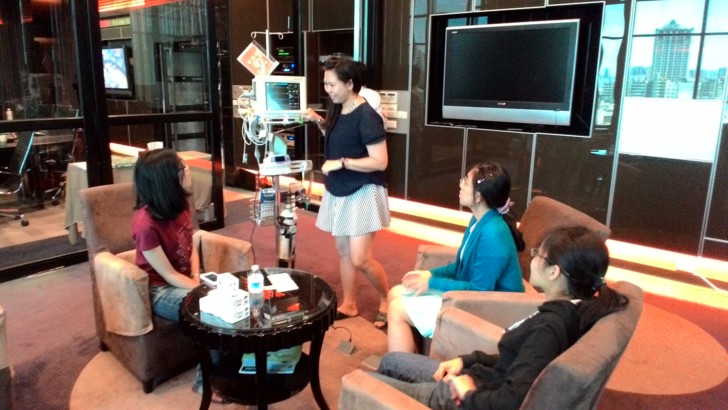
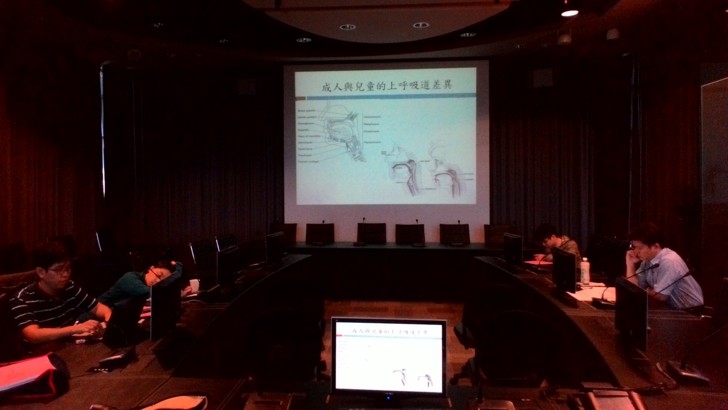
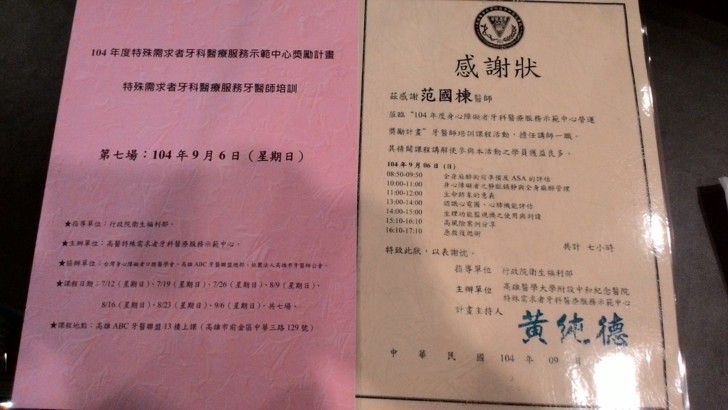
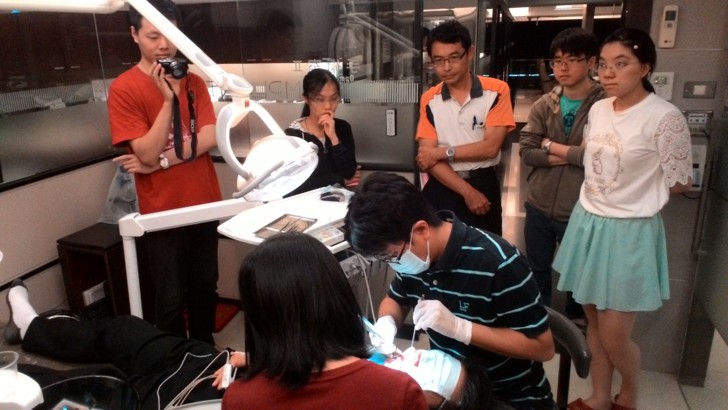
2015年8月22日(星期六)
推薦海峽對岸中國的一個學術活動。凡有意發展海峽兩岸旅遊醫療的台灣兒童牙科與口腔麻醉同道,可藉此平台進行交流。
中华口腔医学会“全麻下儿童牙病治疗的“瞻前与顾后” (儿牙-麻醉交叉论坛)”会议通知
2015 年 9 月 24-27 日在上海举办的中华口腔医学会第 17 次全 国口腔医学学术会议期间,由中华口腔医学会主办,中华口腔医学会 儿童口腔医学专业委员会、麻醉学专业委员会承办的《交叉学科论坛: 儿牙、麻醉——全麻下儿童牙病治疗的“瞻前与顾后”》将于 2015 年 9 月 24 日进行,拟通过学术报告与病例展示两种形式,探讨与国际接 轨的、人性化的、高效实用的儿童牙科行为管理与舒适化治疗内容。
具体事项通知如下:
一. 学术论坛 时间:09:00 – 12:00 地点:上海国家会展中心办公楼 3 层 C05 本次论坛邀请王小竞教授、张惠教授、宋光泰教授及姜虹教授做 主题演讲,并由汪俊教授、徐礼鲜教授、赵玉梅教授和徐辉教授担任 主持,讲授儿童口腔医师和口腔麻醉医师各自在全麻下儿童牙科临床 治疗中的术前准备、安全性考虑、术后恢复及疗效维护,以及如何分 工协作、交叉配合与高效实施。
二. 精美病例展示 时间:13:30 – 17:00 地点:上海国家会展中心 7.2 馆 205 来自全国的儿童口腔医师将以 PPT 形式展示在全身麻醉、笑气/ 氧气吸入镇静、药物镇静、基础麻醉、局部麻醉等条件下的儿童牙科 舒适化诊疗病例,陈旭、梅予锋、黄华、姚军等专家将进行精彩点评。
三、病例征集 为促进全国各地区儿童口腔医疗事业的蓬勃发展,加强交流,共 同进步,现向全国各地的儿童口腔医师征集病例。 病例要求:全身麻醉、笑气/氧气吸入镇静、药物镇静、局部麻 醉等条件下的儿童牙科舒适化诊疗病例;病例资料真实、完整,具有 一定的学术性与独创性。
征集日期:即日起至 2015 年 9 月 4 日 征集方式:将病例(PPT 格式,图文并茂)与个人简历(Word 格 式) 发送至 happyzhcd@163.com 及 etkqzwh@163.com。
病例初评:组委会将在 9 月初组织专家对参选病例进行初选,本 着公平、公正、公开的原则选出 6-8 份病例最终展示。 最终展示:通过初评的病例将在会议期间进行展示,每份病例用 时 15 分钟,专家进行现场点评。
四、联系人及联系方式 张彩娣, 吴礼安 电话:029-84772515 029-84776087 中华口腔医学会儿童口腔医学专业委员会 2015 年 8 月 2 日主講:范國棟醫師「兒童牙科門診鎮靜與麻醉」
2015年8月5日(星期三)
12:30~13:30,Abc牙醫集團高雄總部七樓,PGY1鎮靜麻醉系列讀書會考試
選擇題(1-30)
-
- (C)根據ADA(American Dental Association)的指引,牙科學中有關疼痛與焦慮控制的方法和技術中包括(A)心理療法(B)藥物療法(C)以上皆是(D)以上皆非。
- (A)根據ADA(American Dental Association)的指引,下列這段敘述/定義 “the elimination of sensation, especially pain, in one part of the body by the topical application or regional injection of a drug.” 是指(A)局部麻醉(B)輕度鎮靜(C)中度鎮靜(D)全身麻醉。
- (B)根據ASA(American Society of Anesthesiologists)Patient Physical Status Classification,下列分級敘述何者錯誤?(A)ASA I — A normal healthy patient.(B) ASA II — A patient with moderate systemic disease. (C)ASA III — A patient with severe systemic disease. (D)ASA IV — A patient with severe systemic disease that is a constant threat to life。
- (A)根據ADA(American Dental Association)和 AAOMS(American Association of Oral and Maxillofacial Surgeons)的規範,接受牙科門診非住院手術和麻醉的評估因素不包括下列何者?(A)Patient health status: ASA 4 or higher(B)Difficult airway Complexity of the surgical procedure(C)Management problems (children/patients with special needs) (D)Length of surgery。
- (D)根據ADA(American Dental Association)和 AAOMS(American Association of Oral and Maxillofacial Surgeons)的規範,當口腔外科醫師確定手術內容和相應麻醉方式後,應於手術麻醉前先針對病患執行那個評估步驟?(A)Medical history questionnaire(B)Physical examination(C)Open discussion with patients about their medical history(D)以上皆是。
- (A)根據ADA(American Dental Association)和 AAOMS(American Association of Oral and Maxillofacial Surgeons)的規範,若欲在門診手術中心(outpatient surgery center)執行輕度鎮靜(minimal sedation),則手術室照護團隊中協助手術醫師之牙科助理至少要有幾名具備BLS(basic life support)訓練認證?(A)一名(B)二名(C)三名(D)四名。
- (D)根據AAPD(American Academy of Pediatric Dentistry)的 “Guideline on Behavior Guidance for the Pediatric Dental Patient” 指引,在兒童牙科門診的行為管理中,有關成功「溝通」(communication)的四項基本要素不包括下列何者?(A)The sender.(B)The message, including the facial expression and body language of the sender.(C)The context or setting in which the message is sent.(D)The children but not including their family。
- (C)根據AAPD(American Academy of Pediatric Dentistry)的 “Guideline on Behavior Guidance for the Pediatric Dental Patient” 指引,基本行為管理指引(Basic behavior guidance)技巧不包括下列何者?(A)Tell-show-do 和 Voice control(B)Nonverbal communication 和 Positive reinforcement(C)Distraction 和 Protective stabilization(D)Parental presence/absence 和 Nitrous oxide/oxygen inhalation。
- (A)根據AAPD(American Academy of Pediatric Dentistry)的 “Guideline on Behavior Guidance for the Pediatric Dental Patient” 指引,進階行為管理指引(Advanced behavior guidance)技巧中的全身麻醉(general anesthesia),無需施予在下列病患?(A)a healthy, cooperative patient with minimal dental needs(B)patients for whom local anesthesia is ineffective because of acute infection, anatomic variations, or allergy(C)the extremely uncooperative, fearful, anxious, or un- communicative child or adolescent(D)patients requiring significant surgical procedures。
- (B)請問下列此圖是什麼評估量表?(A)Faces Pain Scale – Revised (FPS-R)(B)Wong-Baker FACES Pain Scale(C)Ramsay Sedation Scale(D)Observer’s Assessment of Alertness/Sedation (OAA/S) Scale。

-
- (B)有關FRANKL BEHAVIORAL RATING SCALE的分級定義,請問下列何者錯誤?(A) Class 1 _ _ Definitely negative. Refusal of treatment, forceful crying, fearfulness, or any other overt evidence of extreme negativism.(B)Class 2 _ Negative. Refuse to accept treatment, uncooperative, some evidence of negative attitude but not pronounced (sullen, withdrawn). (C)Class 3 + Positive. Acceptance of treatment; cautious behavior at times; willingness to comply with the dentist, at times with reservation, but patient follows the dentist’s directions cooperatively.(D) Class 4 ++ Definitely positive. Good rapport with the dentist, interest in the dental procedures, laughter and enjoyment。
- (D)有關牙科恐懼和焦慮的可能路徑理論,Ava Elizabeth Carter等人彙整出下列那幾個解釋?(A)Cognitive Conditioning(B)Informative & Visual Vicarious(C)Verbal Threat & Parental(D)以上皆是。
- (D)有關牙科恐懼和焦慮的可能路徑理論,Ava Elizabeth Carter等人彙整出目前經常應用於牙科恐懼和焦慮的八個管理技巧,但不包括下列何者?(A)pre-treatment anxiety questionnaires, individual systematic desensitization and group therapy,(B)relaxation therapy and computerassisted relaxation learning, (C)hypnotherapy and pharmacological(D)flooding/implosion and unconscious behavioral therapy。
- (D)Priya Yadav和V Raj Kumar整理牙科局部麻醉失敗的可能原因,但不包括下列何者?(A)improper technique & anatomic variations(B)Inflammation and infection-Local anaesthetic pKa - pH factors and tissue pH factors(C)Degradation of the local anaesthetic or Vasoconstrictor(D)以上皆非.
- (D)有關口腔外科手術的局部麻醉應用,請問下列何者正確?(A)只可緩解術前疼痛(B)只可緩解術中疼痛(C)只可緩解術後疼痛(D)可緩解術中和術後疼痛。
- (C)有關局部麻醉藥物的發展歷史,下列【年份,人名,事跡】的敘述何者錯誤?(A)1859年,Niemann,Isolation of cocaine(B)1903年,Braun,Epinephrine as a chemical tourniquet(C)1920年,Braun,Laboratories Anesthetic syringe and cartridge(D)1943年,Lofgren,Synthesis of lidocaine。
- (A)下圖是aminoamide類的lidocaine和aminoester類的procaine局部麻醉藥的化學式,請問由點線分割的三個部份,由左而右依序為下列何者?(A)aromatic group→intermediate bond→tertiary amine(B)tertiary amine→intermediate bond→aromatic group(C)intermediate bond→tertiary amine→aromatic group(D)以上皆非。

-
- (D)下圖是常見局部麻醉藥的酸鹼係數和起始作用時間,請問下列何者起始作用時間最長?(A)mepivacaine(B)articaine(C)lidocaine(D)bupivacaine。

-
- (B)下列何者非常見的牙科局部麻醉藥包裝組成?(A)Lidocaine 2%,1:50,000 epinephrine 或 1:100,000 epinephrine(B)Mepivacaine 1%,Plain (no vasoconstrictor) (C)Articaine 4%,1:100,000 epinephrine 或 1:200,000 epinephrine(D)Bupivacaine 0.5%,1:200,000 epinephrine
-
- (C)在牙科門診施打局部麻醉藥物時,吾人應參考病患體重預先計算出局麻藥施打最大管數,請問下列【病患體重,局麻藥,最大管數】的配比何者錯誤?(A)20 kg,lidocaine 2% 1:100,000 epinephrine,3.9管(B)60 kg,articaine 4% 1:100,000 epinephrine,5.8管 (C)50 kg,mepivacaine 3% Plain,4.1管(D)45 kg,lidocaine 2% 1:100,000 epinephrine,8.8管。

-
- (C)部份局部麻醉藥可使用反轉藥物改善病患對組織麻木的不適,請問有關此類反轉藥物的敘述何者錯誤?(A)其化學成分與商品名為phentolamine mesylate (OraVerse) (B)其主要作用是reduce the duration of dental anesthetics(C)phentolamine是一種nonselective alpha-adrenergic blocking agent可用來治療低血壓(D)其臨床應用是將之injected into the anesthetic site, it produces a localized vasodilation。
-
- (C)非類固醇類抗發炎藥(NSAIDs, Nonsteroidal Anti-inflammatory Drugs)已被大量應用在牙科病患,請問吾人在使用這類藥物於牙科門診病患時,應(A)maximizing the therapeutic efficacy and maximizing the adverse effects(B)minimizing the therapeutic efficacy and minimizing the adverse effects(C)maximizing the therapeutic efficacy and minimizing the adverse effects(D)minimizing the therapeutic efficacy and maximizing the adverse effects.
- (D)吾人在探討以NSAIDs處置牙科病患的疼痛不適時,其涉及議題包括下列何者?(A)choice, dosage, and routes of administration of NSAIDs,(B)preemptive effect of NSAIDs,(C)specific complications during dental surgery due to NSAIDs,(D)以上皆是。
-
- (A)有關NSAIDs的劑量選擇,下列敘述何者錯誤?(A)大多數的NSAIDs對止痛效應都沒有ceiling effect(B)大多數的NSAIDs可藉由提高劑量來增長作用時間(C)大多數的NSAIDs可能因提高劑量造成有害反應(adverse effec)或併發症(complication)的發生率(D)使用低劑量NSAIDs的病患併發症發生風險明顯低於使用高劑量NSAIDs的病患。
- (B)根據下表(Sunshine and Olson,1994),若將之應用在成人牙科手術後的傷口止痛,在每日最大劑量止痛效應下,(A)根本不會發生有害反應(no adverse effec)(B)可能發生最小有害反應(minimum adverse effec)(C)可能發生中度有害反應(moderate adverse effec)(D)可能發生最大有害反應(maximum adverse effec)。

-
-
- (D)有關口腔術後使用NSAIDs可能引發的併發症,包括下列那一項?(A)postoperative bleeding(B)GI tract and renal complications(C)allergic complications and drug interactions(D)以上皆是。
- (C、D)有關口腔手術後使用NSAIDs引發術後傷口流血併發症的敘述,下列敘述段落何者正確?(A)aspirin is a reversible inhibitor of platelet cyclooxygenase, (B)whereas ibuprofen and most other NSAIDs are irreversible.(C)Hence when platelets are exposed to aspirin, they are rendered ineffective and recovery depends on replacement, which may take 4-8 days.(D)Platelets exposed to ibuprofen can regenerate cyclooxygenase, and the effects only last 8-12 days。
- (B)使用抗凝血劑、服用類固醇、高齡者和有12指腸潰瘍病史者,在接受口腔手術後若需使用NSAIDs,可能增加胃腸道潰瘍的發生風險。故吾人在使用NSAIDs時,多數臨床研究建議其醫囑開立天數應以幾天為限?(A)4天(B)5天(C)6天(D)7天。
- (A)有關使用NSAIDs引發過敏併發症的代謝路徑,下列敘述何者正確?(A)因為阻斷cyclooxygenase路徑,進而讓phospholipids轉向lipoxygenase路徑代謝,終使 leukotrienes大量産生,誘發過敏症狀(B)因為阻斷lipoxygenase路徑,進而讓phospholipids轉向cyclooxygenase路徑代謝,終使 leukotrienes大量産生,誘發過敏症狀(C)因為阻斷cyclooxygenase路徑,進而讓 leukotrienes轉向lipoxygenase路徑代謝,終使phospholipids大量産生,誘發過敏症狀(D)以上皆非。
- (A)有關口腔手術後使用NSAIDs與高血壓/糖尿病患者原使用藥物産生交互作用之敘述,下列何者正確?(A)會拮抗angiotension-converting enzyme (ACE) inhibitors的降血壓效應(B)會拮抗口服sulfonylureas的降血糖效應(C)會增強服用diuretics病患的排尿效應(D)以上皆對。
是非題(31-50)
-
-
- (X)根據Todd(2013)的研究,兒童牙科門診的病童無法配合局部麻醉或口服鎮靜時,只要口腔外科的手術很簡易,我們並不需要熟悉兒童麻醉技術專家的協助。
- (O)下表是Chamedies等人(2011)彙整的正常兒童生理監視數據,依欄位順利由左至右依序為年齡、心跳、血壓和呼吸速率。

-

-
-
- (X)根據Todd的研究,他引用Michota等人的論點,提出Perioperative risk(圍術期風險)可能包括patient related risk, procedure related risk, anesthesia related risk以及provider related risk,所以兒童口腔外科手術風險與牙醫團隊無關。
- (O)下表是呼吸道阻塞的的可能成因與相應處置,大抵可歸類為解剖與機械性氣道阻塞(Anatomic and mechanical airway obstructions)。

-
-
- (X)下表是鑑別兒童上下呼吸道症狀的分類表,左欄指的是有嚴重症狀的孩童。

-
-
- (X)阻塞型睡眠呼吸中止症(obstructive sleep apnea,OSA)容易發生在肥胖兒童,但不會發生在扁桃腺肥大(adenotonsillar hypertrophy)或罹患唐氏症(Down syndrome)的病童身上。
- (X)當接受口腔外科手術時,若有服用下表藥物的兒童,將可降低圍術期發生癲癇(seizure)的風險。

-
-
- (O)下表是接受口外手術病童常用的藥物種類和參考劑量,其給予途為肌肉注射。

-
-
- (X)下表是兒童牙科鎮靜麻醉的參考處置,橫線將兒童焦慮恐懼程度分成三大類,由下而上依序為「低度焦慮(low anxiety)、輕微至中度焦慮(mild to moderate anxiety)和中度至嚴重焦慮(moderate to severe anxiety)」。

-
-
- (X)病患即使有困難換氣或插管病史,但只要其外表和理學檢查沒有什麼大問題,我們無需將之視為困難氣道,這只會徒增團隊人力和相關器械準備之困擾。
- (X)要分辨病患有無潛在困難換氣或插管的風險,可於術中進行如下氣道評估,諸如:Mallampati test; evidence of receding mandible; limited mouth opening as a result of tissue or temporomandibular joint restriction; enlarged teeth; high-arched palate; narrow, small mouth; and/or restricted cervical spine movement。
- (X)下圖是Mallampati test的分級,最左方的Grade 1代表病患有較低的困難插風險,而最右方的Grade 4則是有較高的困難插管風險。

-
- (O)根據James C. Phero等人的研究,他們將困難氣道分類為三種,依序是known or expected difficult airway、potentially difficult airway,以及unexpected difficult airway;若病患經傳統理學檢查出有limited neck extension、limited mouth opening 、receding mandible、Mallampati class III or IV,以及short thyromental distance時,則代表病患可能有潛在的困難氣道(potentially difficult airway)。
- (O)當你的病患有如下理學發現:edentulous with atrophic mandible,這意謂著我們可能面臨以下的困難氣道處置:small face and furrowed cheeks impair mask fit, tongue and soft palate block exhalation。
- (X)我們每月繳交醫療糾紛類似名目的費用給醫療機構或保險公司,我們便不會在執業生涯發生醫療疏失或糾紛。
- (X)我國目前已建立牙科院所醫療疏失強制通報系統。
- (O)Steven I. Kaltman等人引用Scott SD等人的研究,即健康照護提供者面臨醫療糾紛事件後,可能淪為second victim,健康照護提供者在恢復過程有如下六個階段:Stage 1 Chaos and accident response、Stage 2 Intrusive reflections、Stage 3 Restoring personal integrity、Stage 4 Enduring the inquisition、Stage 5 Obtaining emotional first aid、Stage 6 Moving on (1 of the 3 trajectories chosen)。
- (X)呈上題,醫療疏失發生時,我們常在第二階段(Stage 2 Intrusive reflections)提出如下兩個疑問,即”How did that happen?”和“Why did that happen?”。
- (O)Steven I. Kaltman等人引用Goldberg RM等人的研究,面對醫療疏失與過錯的大致有六個因應策略,其中包括accept responsibility for the mistake、discuss with colleagues,以及disclose and apologize to the patient。
申論題,一題(有回答,加15分)。
-
2015年7月22日(星期三)終於在上週三7/15完成2015年Abc牙醫集團台灣PGY1的鎮靜麻醉系列讀書會
以下依序是【報告日期】-【期刊論文標題】和下一行的期刊出處和卷期頁數
20150311-About the ADA_Files_teaching_pain control_guidelines
Guidelines for Teaching Pain Control and Sedation to Dentists and Dental Students 2012
20150311-Determining the Appropriate Oral Surgery Anesthesia Modality, Setting, and Team
Oral Maxillofacial Surg Clin N Am 2013;25:357–366
20150408-Guideline on Behavior Guidance for the Pediatric Dental Patient
American Academy of Pediatric Dentistry, Clinical Affairs Committee – Behavior Management Subcommittee, Revised 2011
20150408-Pathways of fear and anxiety in dentistry- A review
World J Clin Cases 2014;2(11): 642-653
20150506-Evaluation of local anaesthetic failures in dental practice
J. Int Oral Health 2010,December 2010, Volume 2 (Issue 4);16-21
20150506-Pharmacology of Local Anesthetics Used in Oral Surgery
Oral Maxillofacial Surg Clin N Am 2013;25:453–465
20150520-Maximizing the safety of nonsteroidal anti-inflammatory drug use for postoperative dental pain
Anesth Prog 2003;50:62-74 [2003 by the American Dental Society of Anesthesiology]
20150520-Patterns of post-operative pain medication prescribing after invasive dental procedures
Spec Care Dentist. 2011;31(2):53–57
20150617-Pediatric Sedation and Anesthesia for the Oral Surgeon
Oral Maxillofacial Surg Clin N Am 2013;25:467–478
20150617-Sedation for dental treatment of children in the primary care sector (UK)
British Dental Journal 2010: E21
20150624-歯科インプラント手術の質を向上させるためのMonitored Anesthesia Care
20150624-静脈内鎮静法の安全運用ガイドラインに関する研究
日歯医学会誌:2006;25:42-53
20150715-Adult Airway Evaluation in Oral Surgery
Oral Maxillofacial Surg Clin N Am 2013;25:385–399
20150715-Managing the Untoward Anesthetic Event in an Oral and Maxillofacial Surgery Practice
Oral Maxillofacial Surg Clin N Am 2013;25:515–527
2015年4月19日(星期日)
8:30~12:30,成功大學醫學院第一講堂,台灣口腔顎顏面麻醉醫學會「特殊需求者口腔照護安全生命跡象監測計畫課程」
主講:黃淑賢醫師/座長:范國棟醫師/生理監視器示範教學:林慧純主任、洪明華秘書、范國棟醫師(范醫師的女兒並現場擔任示範模特兒,模擬小兒發生緊急狀況之氣道維持和緊救作業)。
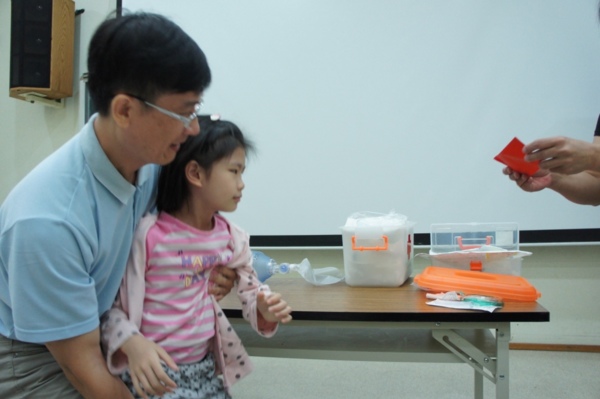

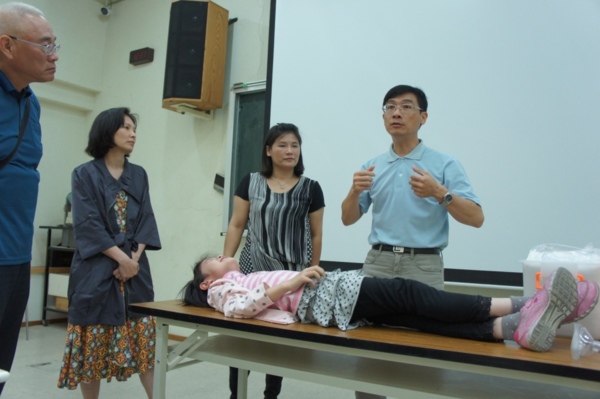
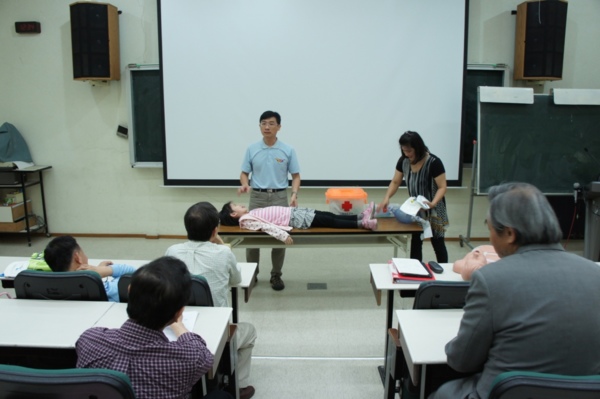
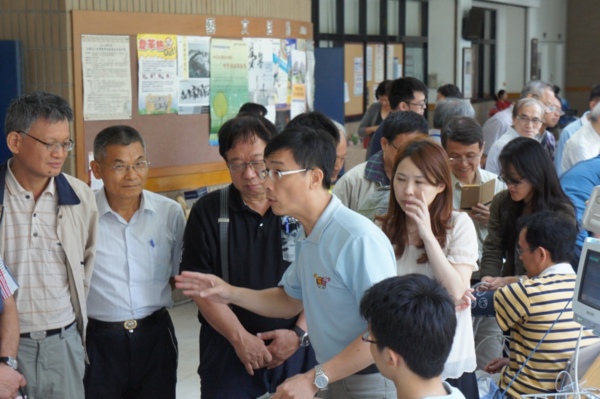

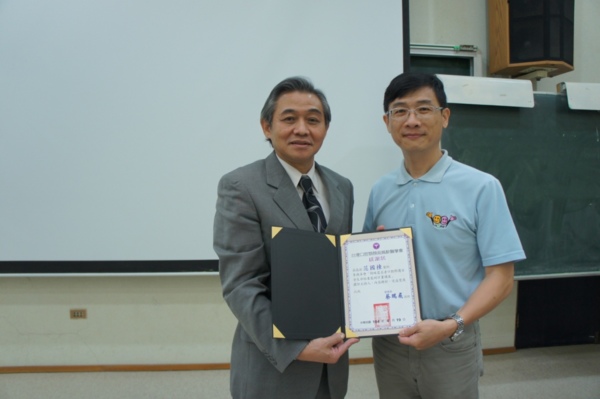
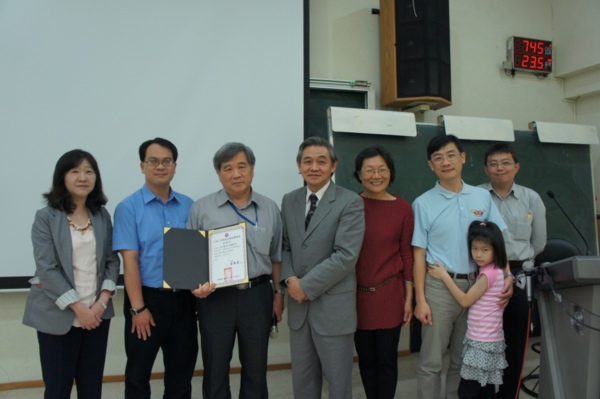
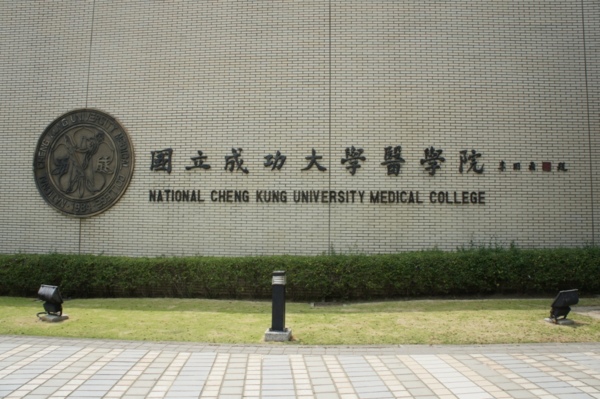
2015年4月11日(星期六)
16:30~16:45,高雄醫學大學附設中和紀念醫院麻醉科50週年慶祝活動,高醫啟川大樓六樓第一講堂。
主講:范國棟醫師「兒童牙科門診鎮靜與麻醉」
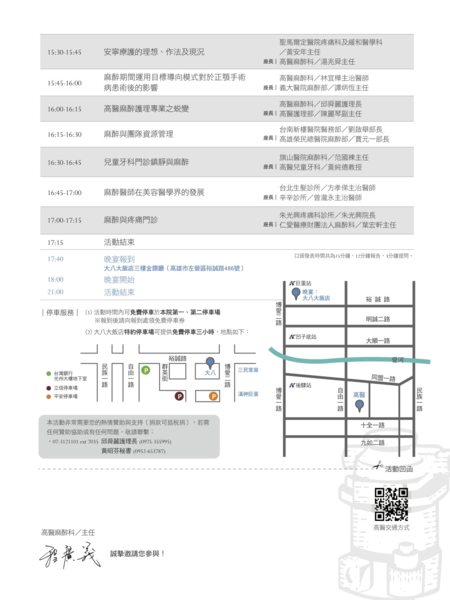

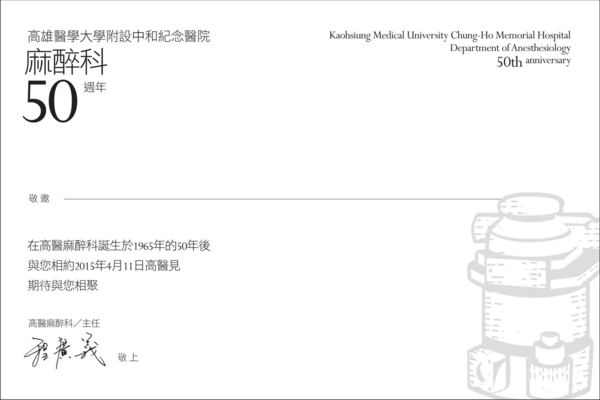
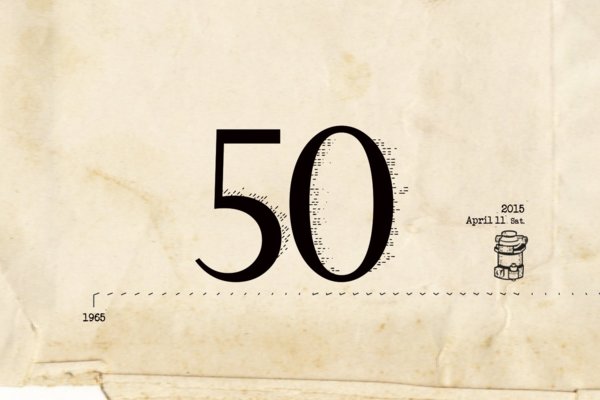
2015年1月24~28日,台灣口腔門診靜脈鎮靜麻醉研討會暨系列活動
1/24(六)上午,當代牙科醫療體系王董事長、葉院長、梁主任和幾位當代的資深台柱醫師,1/22晚上與北大口腔醫院和廣西醫大口腔醫院的口腔科和麻醉科同道,暢談專業和話家常。太棒了。
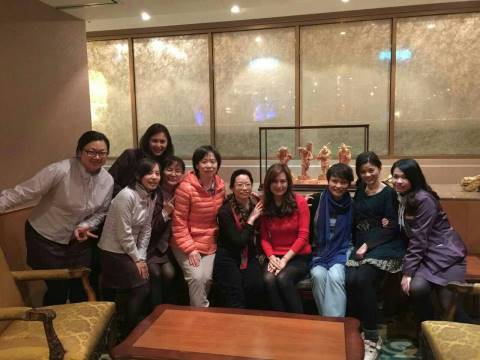


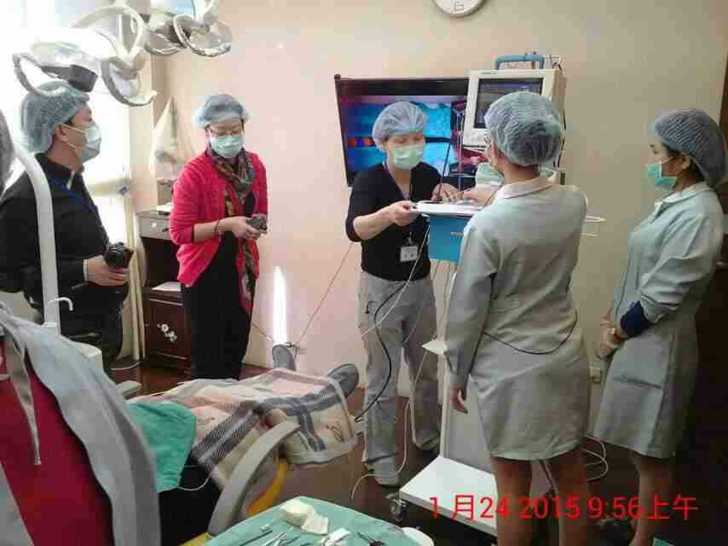
1/24(六)下午,兒牙鎮靜麻醉結束後,大家分享經驗,並討論到牙科門診鎮靜麻醉的人力來源。高醫大的牙科教授黃純德在與大家探討。

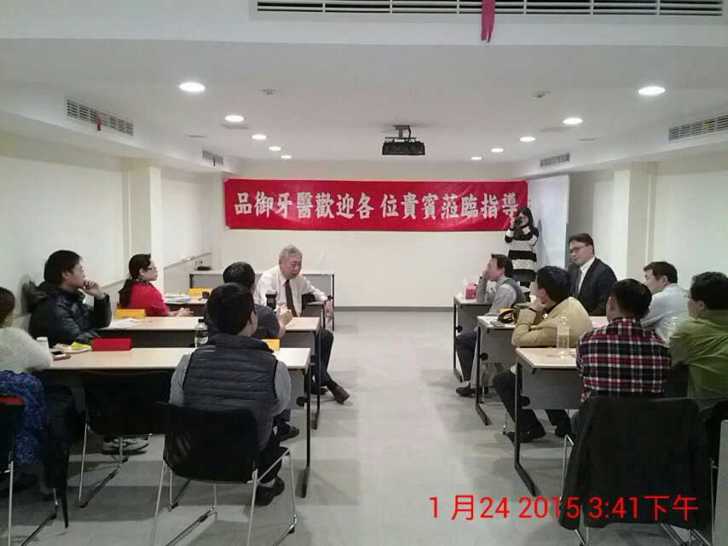
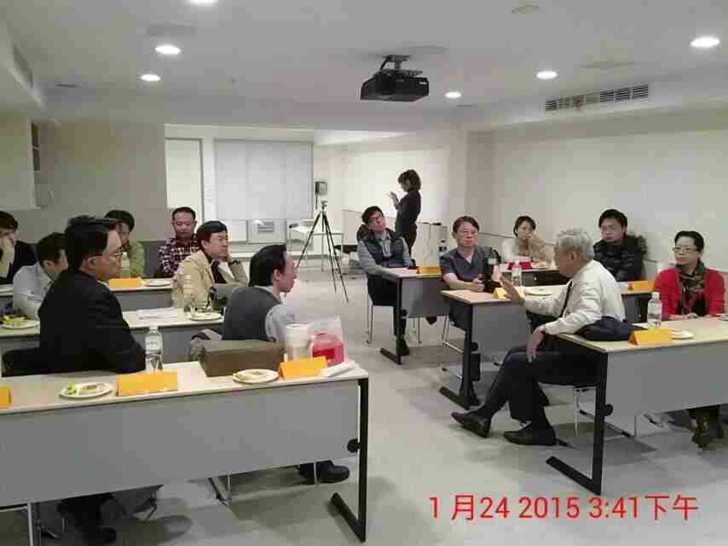
1/25(日),上午,70餘位兩岸三地口腔和麻醉同道熱烈與會,講師群中,先由謝尚廷院長開場,紀乃智醫師接棒。然後,是中國大陸的專家發展狀況報告,大家聆聽廣西醫科大學口腔醫院麻醉科的施小彤主任醫師(教授),分享其在廣西醫大口腔醫院靜脈鎮靜鎮痛經驗。兩岸三地口腔門診靜脈鎮靜麻醉研討會上,來自香港的劉惠心牙醫師與兩位北京大學口腔醫院和廣西醫科大口腔醫院進行對話。
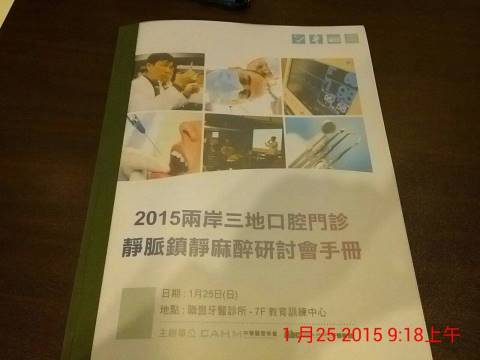
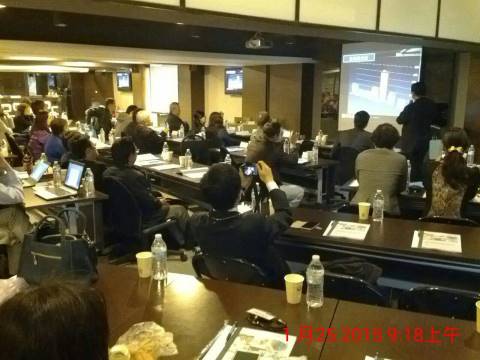
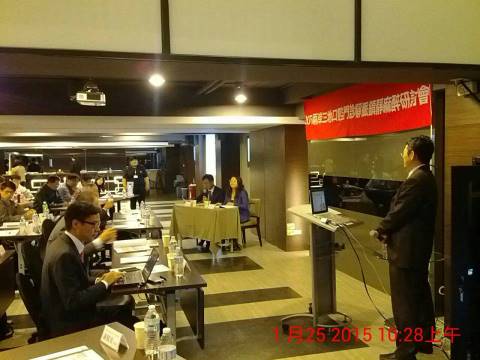
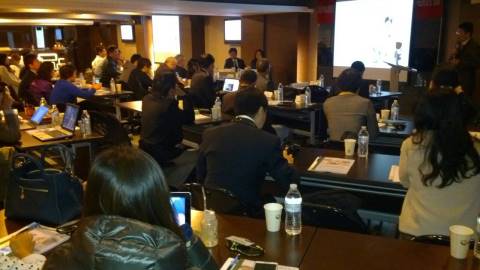
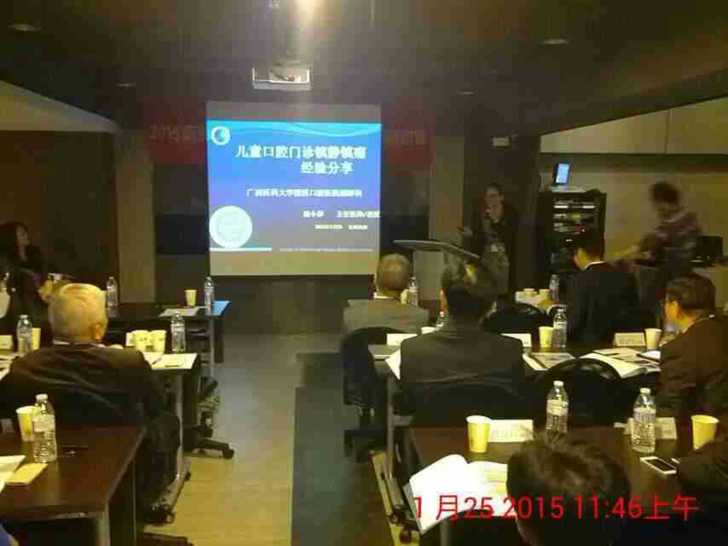
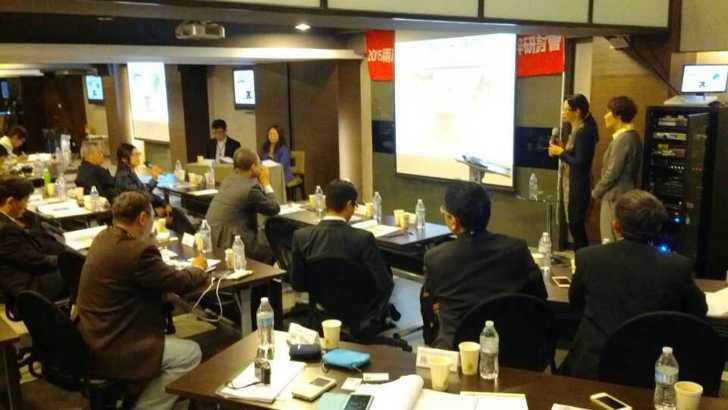
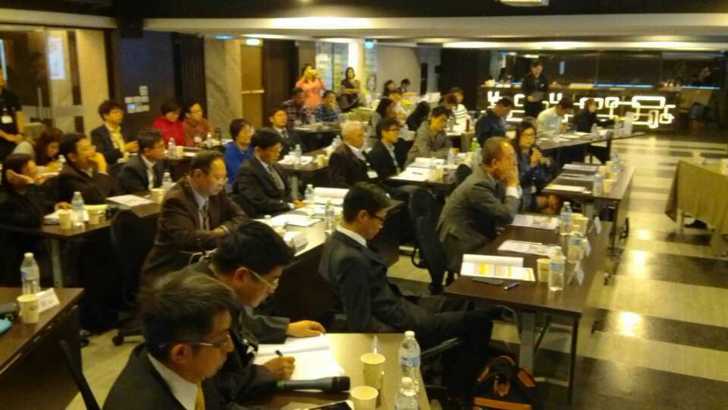
1/25(日),中午,Abc牙醫集團總院的方顧問醫師,報告數位口腔CAD-CAM與Abc牙醫集團的未來發展重點。
1/25(日),下午,兩岸三地口腔門診靜脈鎮靜麻醉研討會的壓軸,圓桌論壇:兩岸三地口腔門診靜脈鎮靜麻醉的展望。由台灣麻醉醫學會秘書長戴裕庭主任主持、北京大學口腔醫院張偉副院長、廣西醫科大學口腔醫院麻醉科施小彤主任、香港麻醉科醫學院副院長張志偉教授,以及Abc牙醫集團總部的謝尚廷院長。

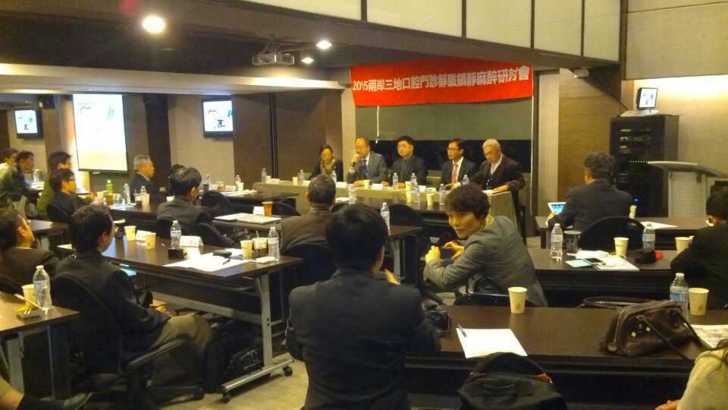
1/26(一),上午,北大口腔醫院、廣西醫大口腔醫院和台灣的成功大學醫院麻醉與口腔同道在Abc牙醫總部觀摩,由兒牙紀乃智主任及其口腔鎮靜團隊操作多生牙(2顆),殘牙1顆拔除。
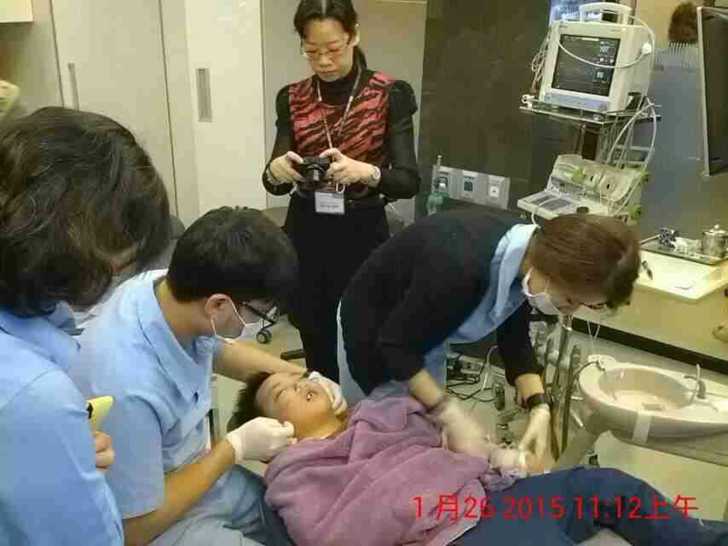
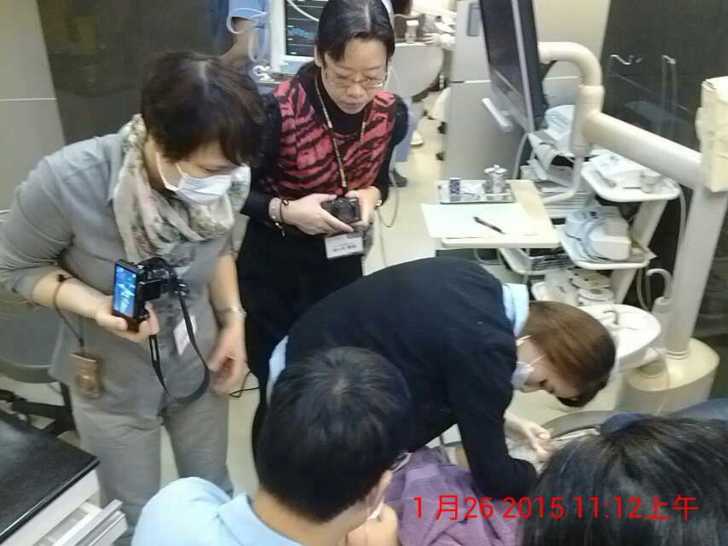
1/27~28,北京大學口腔醫院和廣西醫科大口腔醫院的6位專家,日月潭之行後,回到台北。由2015台灣口腔顎顏面麻醉醫學會的朋友接待, 這8天行程應能讓大陸同道從多個面向看到台灣口腔門診鎮靜麻醉的發展、人事糾葛與不同團體間的矛盾-還有好多好多故事。儘管兩岸有著不同的社會氛圍,但我相信有信心的合作或結合,一定可以提升兩岸華人的口腔照護品質。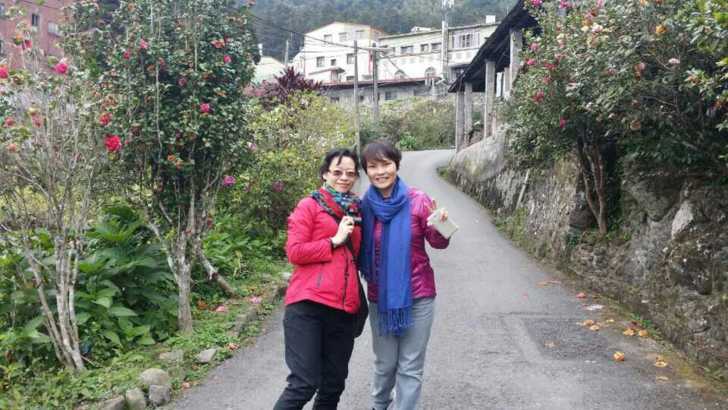
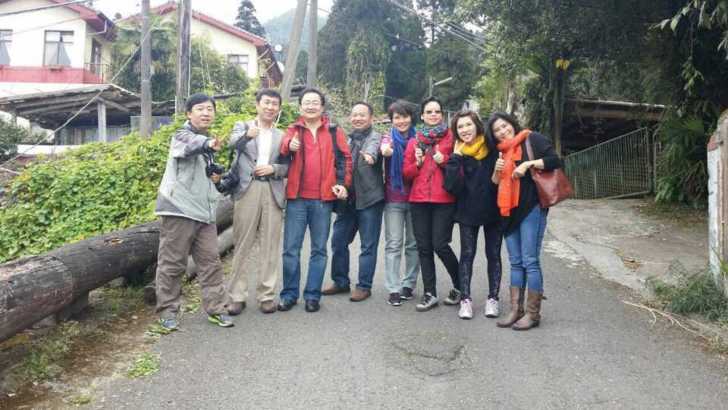
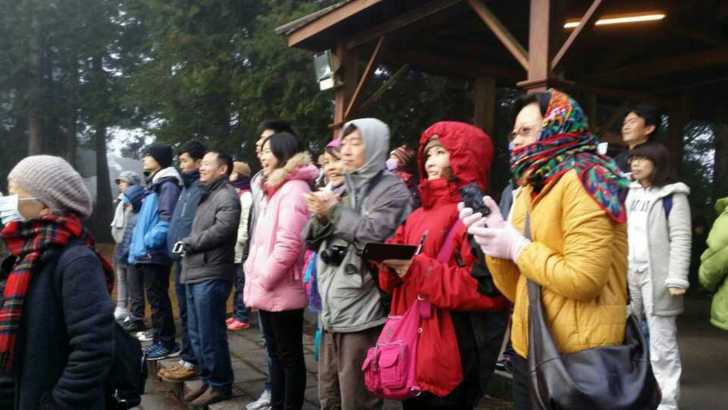
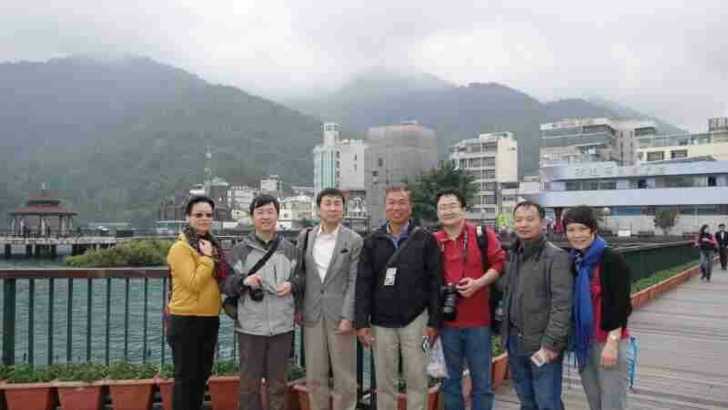
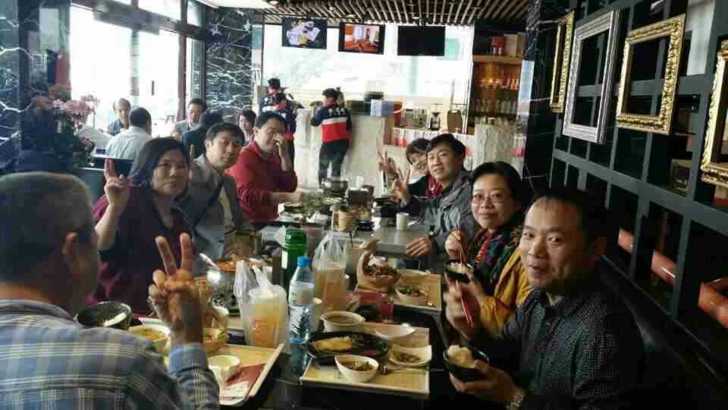
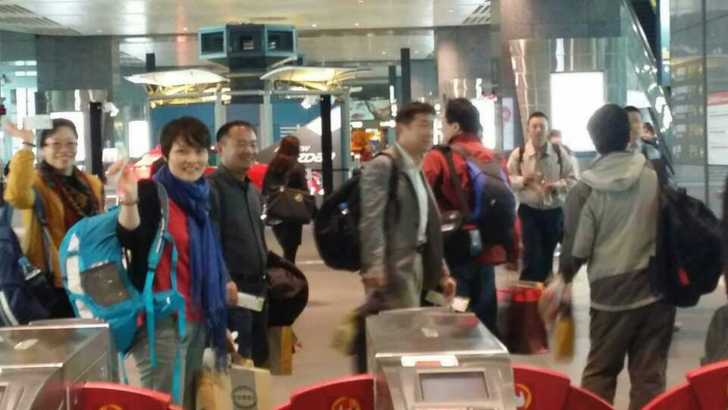

2015年1月10日(星期六)
15:10~16:00,在台灣台南成大醫學院的演講-台灣麻醉醫學會南區月會。
主講示範:范國棟醫師「口腔門診靜脈鎮靜麻醉的操作訣竅」。
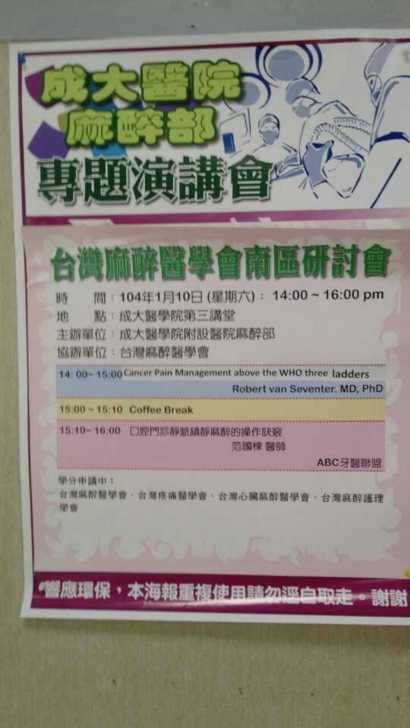

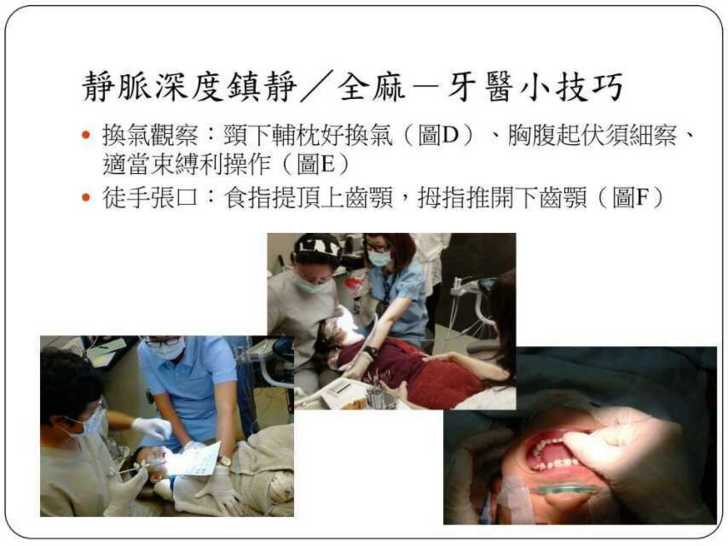

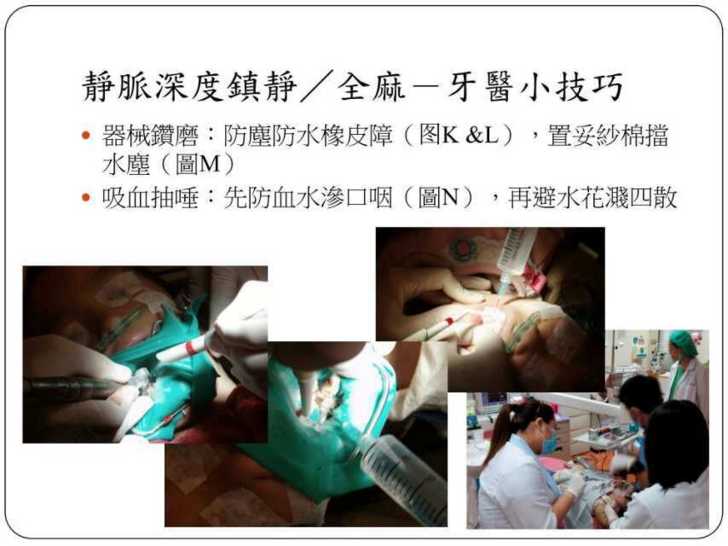
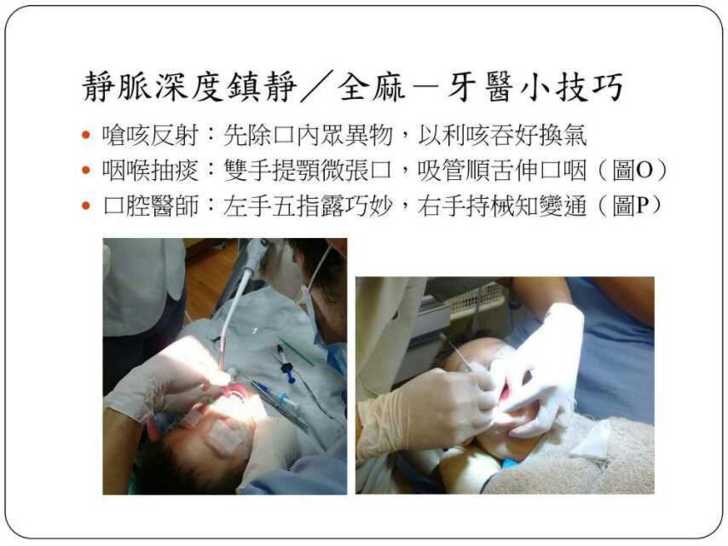
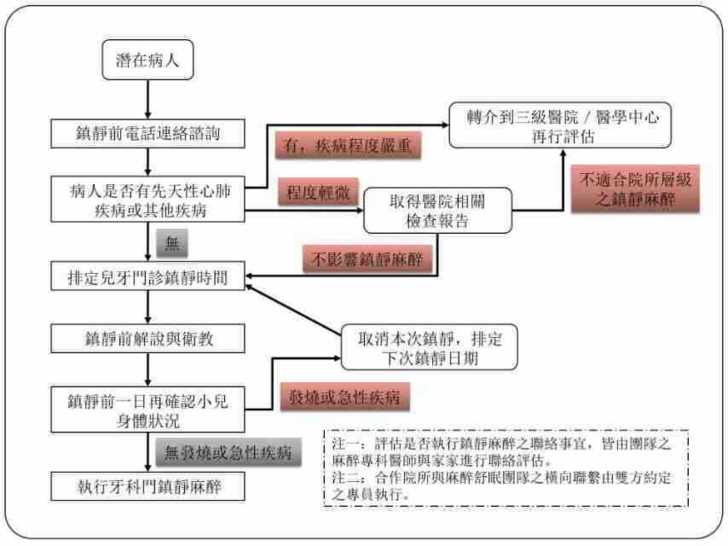
2014年12月27日(星期六)
14:00~16:30,兒童牙科鎮靜麻醉講座最終場「啄木鳥親子牙醫診所示範」。
主講示範:蕭醫師/范國棟醫師(來自東部小女生,4顆乳臼齒根管治療)
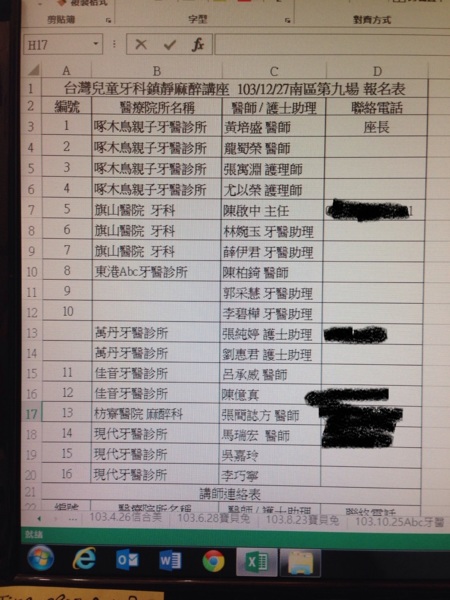
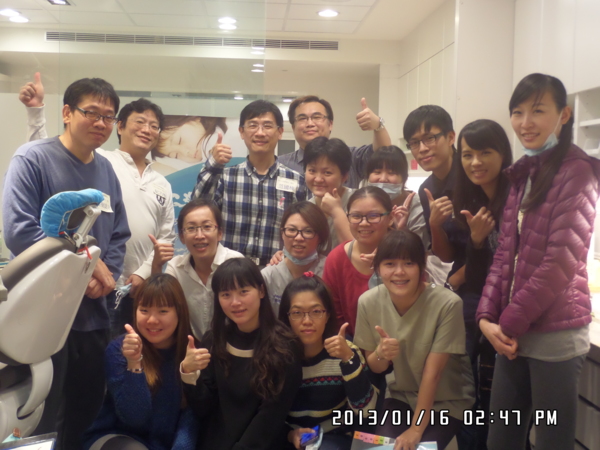
2014年12月19日(星期五)
9:00~12:30,新竹品御牙醫診所「兒童牙科門診靜脈全麻醉不插管的操作細節」
主講示範:廖桂君主任/范國棟醫師(自閉症兒童多顆牙根管、牙套、齲齒填補與多生牙的拔除)
交流對象:北台灣某醫院馮XX醫師
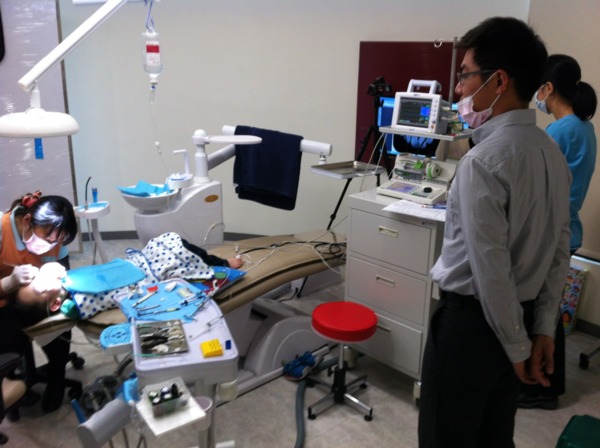
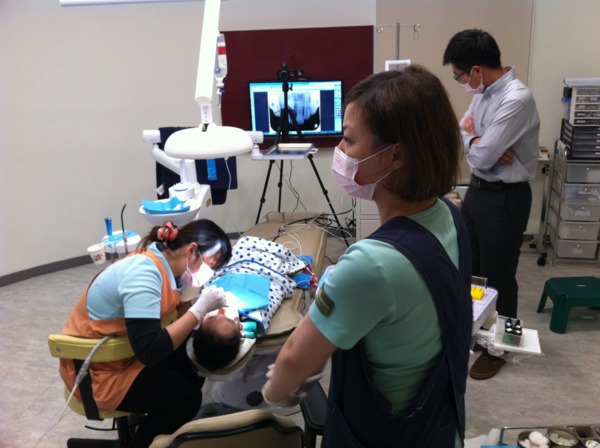
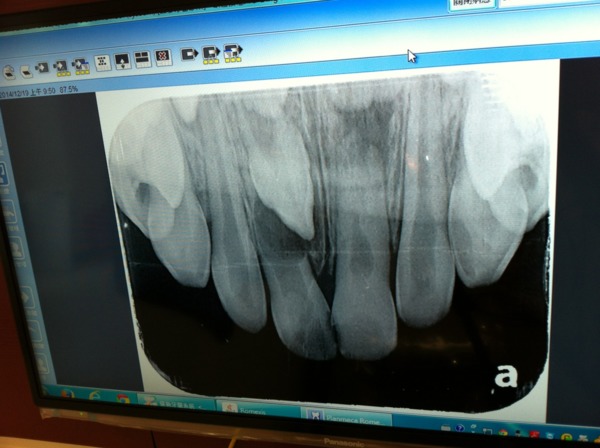
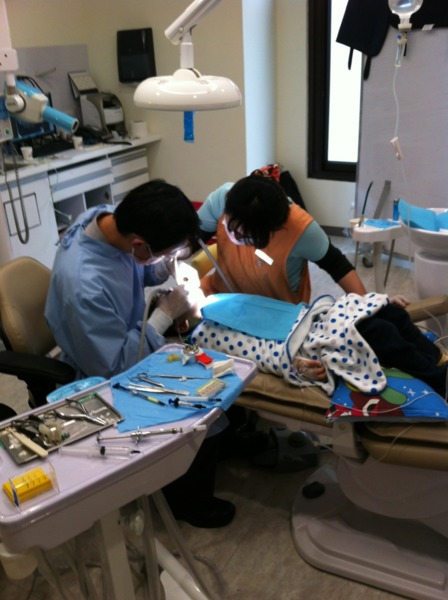
2014年11月30日(星期日)
8:30~17:30,台大醫院特殊需求者牙科醫療服務示範中心:特殊需求者牙科共識暨醫療安全研討會系列二【特殊需求者牙科醫療安全與服務品質研討會】


2014年10月31日(星期五)
9:00~12:30,新竹品御牙醫診所「成人/兒童牙科門診鎮靜麻醉前的評估、風險解說與口條」
主講示範:張仲義院長/范國棟醫師(成人all on 4植牙)
主講示範:廖桂君主任/范國棟醫師(兒童多顆牙根管、牙套與齲齒填補)
交流對象:北台灣某醫院麻院科林XX醫師、北台灣某牙醫診所許XX醫師


 字體:小 中 大
字體:小 中 大
































































